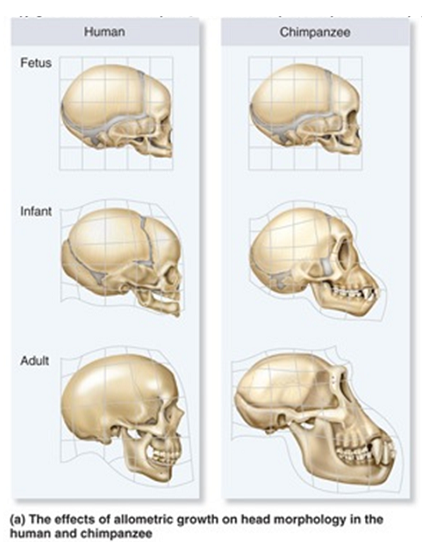The ability of a pathogen to enter a cell, spread, and cause disease is termed
a. pathogenesis.
b. invasion.
c. colonization.
d. adherence.
Answer: B
You might also like to view...
Use the following table to answer the following question(s).Table 1: Cookie parameters with varying fat levels Data from Pareyt, Bram, Faisal Talhaoui, Greet Kerckhofs, Kristof Brijs, Hans Goesaert, Martine Wevers, and Jan A. Delcour, "The Role of Sugar and Fat in Sugar-Snap Cookies: Structural and Textural Properties." Journal of Food Engineering 90, 3 (Feb. 1, 2009): 400-408.Based on the table above, which type of cookie was the heaviest?
Data from Pareyt, Bram, Faisal Talhaoui, Greet Kerckhofs, Kristof Brijs, Hans Goesaert, Martine Wevers, and Jan A. Delcour, "The Role of Sugar and Fat in Sugar-Snap Cookies: Structural and Textural Properties." Journal of Food Engineering 90, 3 (Feb. 1, 2009): 400-408.Based on the table above, which type of cookie was the heaviest?
A. The cookies with intermediate amount of fat B. The cookies with the least fat C. The amount of fat did not affect the weight of cookies D. The cookies with the most fat
The DNA sequence which corresponds to a specific protein product is referred to as a ____
Some help with this please?
Based on the figure below, what statement could you make about the development of human versus chimpanzee skulls.

A. The human and chimp skulls develop similarly until adulthood, when human jaw development slows down relative to the chimpanzee.
B. The human and chimp skulls develop similarly until the infant stage, when human jaw development slows down relative to the chimpanzee.
C. The human and chimp skulls develop similarly until the infant stage, when human cranium development slows down relative to the chimpanzee.
D. The human and chimp skulls develop similarly during the fetal stage, after which point chimpanzee cranium growth outpaces humans.
The plasma membrane of some white blood cells contain ________ that bind with proteins of cells such as bacteria that have invaded the human body. These special proteins tell the white blood cells those bacterial cells do not belong to that particular human and to phagocytize (eat) them.
a. channel proteins b. receptor proteins c. diffusion proteins d. carrier proteins